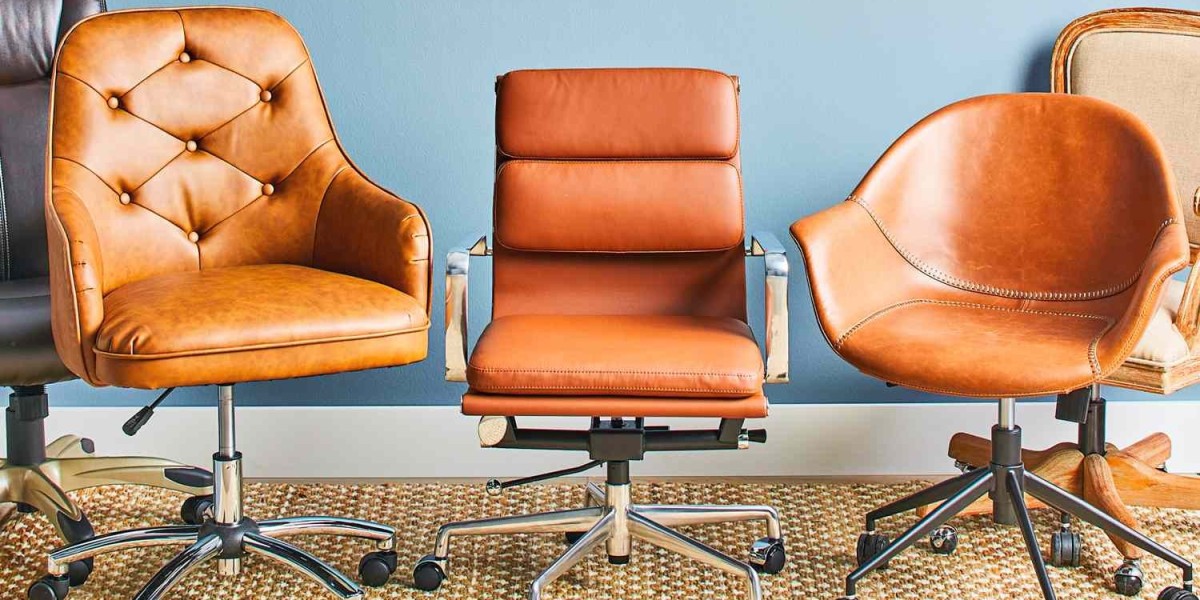Creating a stylish and functional workspace is essential for enhancing productivity, fostering creativity, and maintaining a positive atmosphere. Whether you’re setting up a home office, a collaborative workspace, or a dedicated area in a commercial office, the right design and organization can make a significant difference. Here’s a comprehensive guide to help you create a workspace that is both aesthetically pleasing and highly functional.
1. Define Your Purpose and Style
A. Identify Your Needs
- Functionality: Determine the primary tasks that will be performed in the space. Are you focused on individual work, collaboration, or client meetings?
- Number of Users: Consider how many people will regularly use the space. This will affect your furniture choices and layout.
B. Choose a Design Style
- Modern: Clean lines, minimalistic furniture, and a neutral color palette.
- Industrial: Raw materials like metal and wood, exposed brick, and a casual vibe.
- Scandinavian: Light colors, natural materials, and a cozy feel with functional furniture.
- Bohemian: A mix of patterns, colors, and textures, focusing on comfort and creativity.
2. Furniture Selection
A. Desks
- Style: Choose a desk that complements your chosen design style. For modern looks, opt for sleek, minimalist desks. For a more rustic vibe, consider wooden desks with a natural finish.
- Functionality: Ensure the desk is spacious enough for your work materials and equipment. Look for features like built-in cable management and drawers for storage.
B. Chairs
- Comfort: Invest in an ergonomic chair that supports long hours of sitting. Style it according to your workspace theme—leather for modern, fabric for bohemian, etc.
- Aesthetic: Consider accent chairs for meeting spaces or casual seating options that add character.
C. Storage Solutions
- Shelving: Open shelving adds a stylish element while keeping essential items within reach. Consider floating shelves for a modern look.
- Cabinets and Drawers: Choose cabinets that offer ample storage without overwhelming the space. Opt for designs that match your overall style.
3. Layout and Space Planning
A. Open vs. Closed Layouts
- Open Layout: Encourages collaboration and communication. Use furniture to define areas within the space.
- Closed Layout: Provides privacy and focus. Consider room dividers or screens to separate different work areas.
B. Flow and Accessibility
- Paths: Ensure there is enough space for movement between furniture. Aim for at least 3 feet of clearance for easy navigation.
- Accessibility: Place frequently used items within easy reach to minimize distractions and enhance productivity.
4. Color Palette and Decor
A. Choose a Color Scheme
- Neutral Base: Start with neutral colors for walls and large furniture. This creates a calming environment and allows for pops of color through decor.
- Accent Colors: Introduce bold colors through accessories, artwork, or furniture to create focal points and inspire creativity.
B. Decor Elements
- Artwork: Hang inspiring artwork or prints that reflect your personality and motivate you.
- Plants: Incorporate greenery to improve air quality and add a natural element. Choose low-maintenance plants like succulents or snake plants for easy care.
5. Lighting
A. Natural Light
- Maximize Windows: Position your desk near windows to take advantage of natural light. It boosts mood and productivity.
- Window Treatments: Use sheer curtains to filter light without blocking it completely.
B. Task and Ambient Lighting
- Task Lighting: Desk lamps or floor lamps should provide sufficient light for reading and working without causing glare.
- Ambient Lighting: Consider overhead lighting that creates a warm and inviting atmosphere. Dimmable lights can help adjust the mood as needed.
6. Personalization and Branding
A. Personal Touches
- Family Photos or Mementos: Include items that make you feel comfortable and inspired, such as photos or souvenirs from travels.
- Customized Items: Personalized stationery or desk organizers can add a unique touch.
B. Reflecting Company Brand
- Consistent Branding: If the workspace represents a business, use colors, logos, and design elements that reflect your brand identity.
- Professionalism: Ensure that the decor and layout align with the company culture and values.
7. Technology Integration
A. Efficient Technology Setup
- Cable Management: Use cable trays or clips to keep cords organized and out of sight. This maintains a clean look and prevents tangling.
- Ergonomic Tech: Choose ergonomic keyboards and mice that reduce strain on the hands and wrists.
B. Smart Solutions
- Wireless Devices: Utilize wireless technology where possible to minimize clutter.
- Tech Hubs: Consider a dedicated charging station for devices to keep the workspace tidy.
8. Conclusion
Creating a stylish and functional workspace is about balancing aesthetics with practicality. By carefully considering your needs, selecting the right furniture, and paying attention to design elements, you can create an environment that enhances productivity and inspires creativity. Remember to personalize the space to make it your own, ensuring that it reflects your personality or your brand. With thoughtful planning, your workspace can be both beautiful and highly effective, setting the stage for success in your professional endeavours.
reddestin.pk



